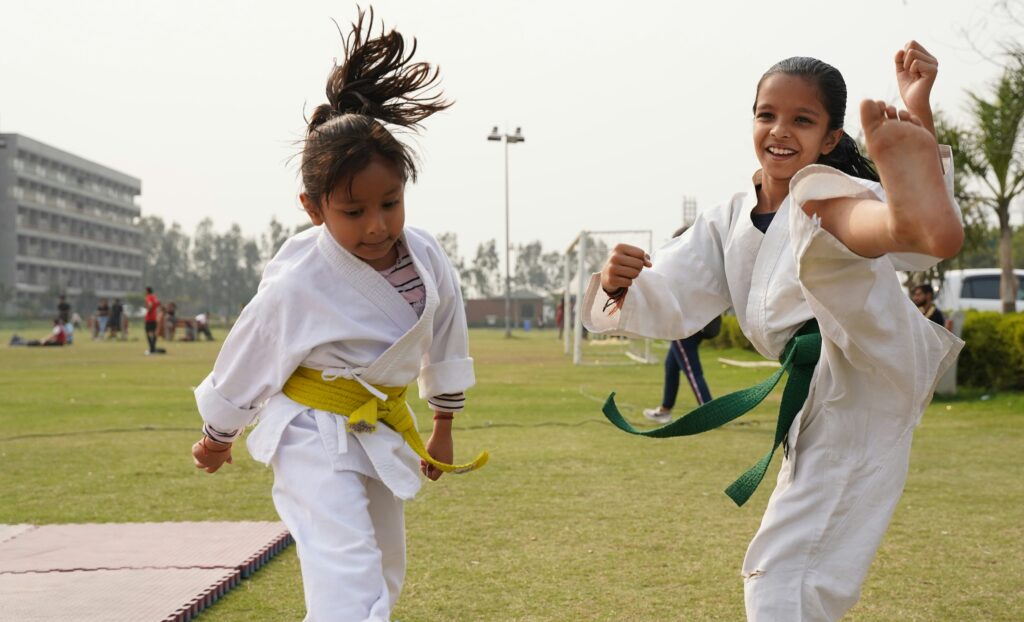As parents, we’re always on the lookout for ways to enrich our children’s lives and help them discover their passions. One avenue that holds immense potential is sports and physical activities. However, navigating this journey comes with its share of challenges and considerations, from financial implications to social impacts.
Thank you for reading this post, don't forget to subscribe!
The Quest for the Right Sport
Choosing the right sport for your child can feel like searching for a needle in a haystack. With an array of options available, ranging from traditional team sports like soccer and basketball to individual pursuits like swimming and martial arts, it’s easy to feel overwhelmed. As parents, we may find ourselves torn between our own sporting preferences and our child’s interests.
Consider the financial aspect as well. Some sports come with hefty price tags attached, whether it’s the cost of equipment, training fees, or competition expenses. For instance, enrolling your child in a competitive gymnastics program might require purchasing specialized attire and paying monthly coaching fees that can add up quickly. On the other hand, opting for a less equipment-intensive sport like track and field might offer a more budget-friendly alternative.
Counting the Costs
Let’s delve into some real-world examples to illustrate the financial commitments involved. A year of youth soccer can cost anywhere from $200 to $2,000, depending on factors such as league fees, equipment costs, and travel expenses for tournaments. Similarly, dance classes might range from $50 to $200 per month, with additional expenses for costumes and recital fees.
It’s essential to weigh these costs against your family’s budget and priorities. While some parents may be willing to invest heavily in their child’s athletic pursuits, others may need to find more affordable options or seek out financial assistance programs.
Navigating Social Dynamics
Another consideration is the impact on your child’s social life. Engaging in intensive sports training and competitions can consume a significant amount of time and energy, potentially limiting opportunities for other social activities. Your child may find themselves juggling practice schedules with homework, family commitments, and time with friends.
Strike a balance by fostering open communication with your child and encouraging them to pursue a diverse range of interests. Emphasize the importance of time management and maintaining connections outside of their sports circle. Look for opportunities to integrate socializing with teammates and peers into their sporting endeavors, whether it’s through team bonding activities or attending events together outside of practice.
The Rewards of Athletic Pursuits
Despite the challenges and costs involved, the benefits of nurturing your child’s passion for sports are boundless. Physical activity promotes overall health and well-being, instills valuable life skills such as teamwork and discipline, and fosters a sense of confidence and self-esteem.
Ultimately, our role as parents is to support and guide our children as they explore their interests and pursue their dreams. Whether they become professional athletes or simply derive joy from playing sports recreationally, what matters most is that they are active, engaged, and fulfilled.
Some more info is to be found with the Australian Sports camps.
In conclusion, navigating the world of youth sports as a parent requires careful consideration of the challenges and costs involved. By weighing financial implications, managing social dynamics, and prioritizing our child’s holistic development, we can empower them to discover their passions and thrive in their chosen athletic pursuits.
We hope it helps,
The Smart Parenting Blog Team

